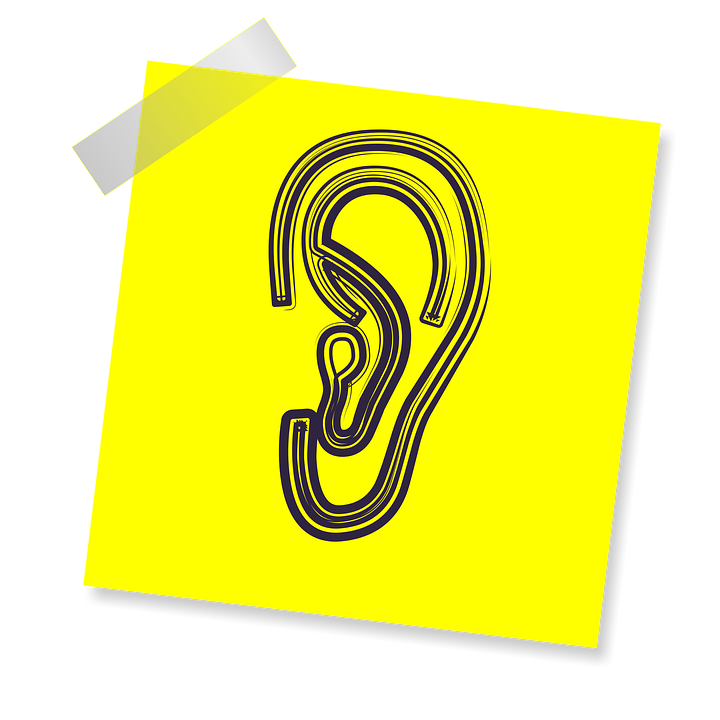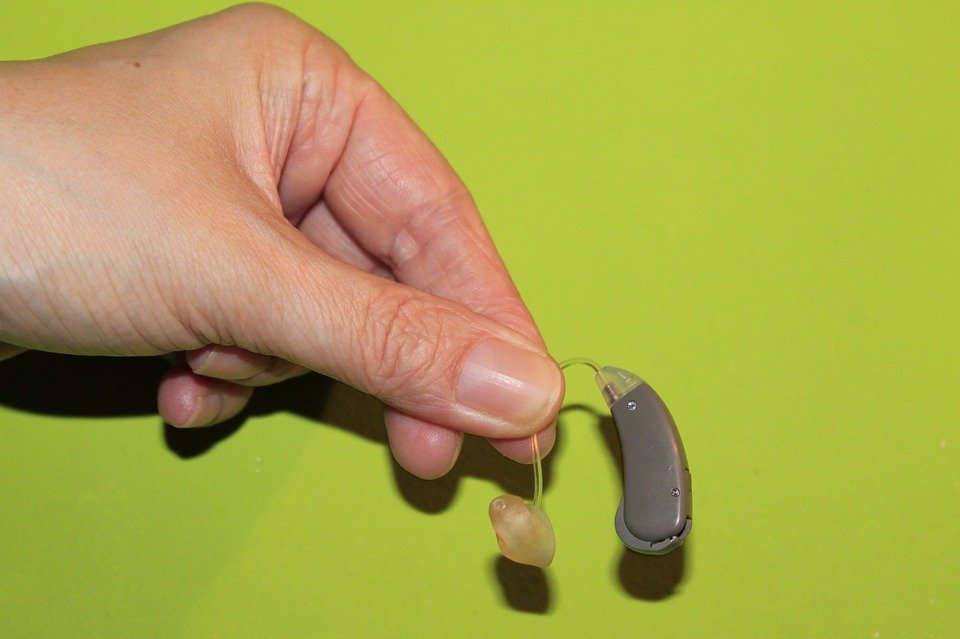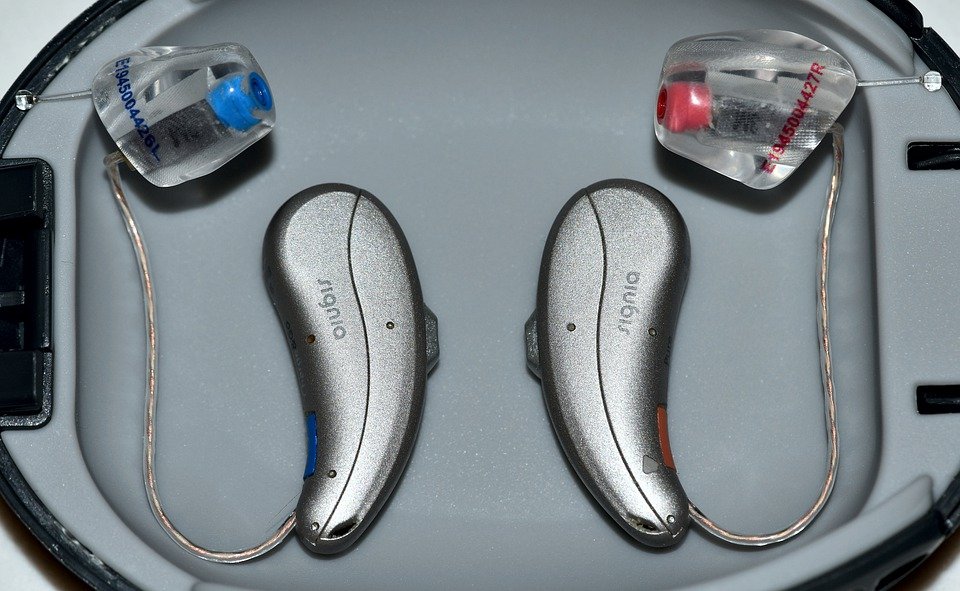
Hearing aids are devices that are worn behind the ear that help to restore a sense of hearing to those who are deaf or hard of hearing. The term for this device is an electronic device (also called a cochlelective device) that is worn in one ear. This type of hearing aid works by amplifying the sounds that reach the ear and transmit them wirelessly to the person's brain through the means of electrodes. Because this technology has changed drastically over the years, so have the options available to those who need help with their hearing problems. Here is more info bout the different types of hearing loss.
A hearing aid is considered a very important piece of technology for those who are hard of hearing. The advancement of today's hearing aids allows those who wear them to hear normally like those who do not wear aids. There are three main types of hearing aids that are available: Behind-the Ear: This device is placed behind the ear and requires surgery. CI upgrades the regular acoustic hearing device to replace it with electrical signals that directly hit the auditory nerve and transmit to the person's brain.
Frontotemporal: Also known as a BTE, these hearing implants are placed behind the ear and require no surgery. They are much smaller than the conventional BTE models and are therefore less noticeable to the casual observer. These are also more expensive than the conventional BTE models. The most popular types of Frontotemporal hearing implants are the CI and the oticon medical.
Distonential: These are the newest generation of hearing aids. Like the cochlear implants, they do not require surgery but must be custom fit to the patient's ear canal. This means that those who suffer from profound hearing loss will not be able to use this style. This is because they were not made to fit the specific anatomy of the human ear. To get the best hearing aids, click here: http://becausesoundmatters.ca/.
As you can see, there are three different types of hearing implants currently available in the market. Each has its own advantages and disadvantages, which is why one should weigh all the pros and cons before deciding on which device to use. This will also allow one to find the device that will best suit his or her needs and will also help him or her find a cost-effective device that can still deliver on its promises of amplifying the sound. There are several factors that one has to consider when purchasing such a device. Consulting a physician is always a good idea to get an accurate assessment of one's hearing loss and the corresponding options.
Some of the factors that healthcare professionals check for when assessing a person's hearing health include the following: cochlear implant strength, audibility, response time after exposure to mild deafness, and frequency. These factors should be considered in tandem with the type of treatment needed. Patients with mild impairment may have a difficult time wearing hearing aids, whereas those with extensive impairment will find it more challenging to adjust to the treatment. Lastly, healthcare professionals will most likely want to know about the patient's lifestyle, especially if he or she has recently suffered from any type of loss or damage to the ear. Loss of sensation or damage to the cochlea can result in loss of hearing for those whose only communication devices are their hearing aids. For more information about this topic, click here: https://en.wikipedia.org/wiki/Hearing_aid.


